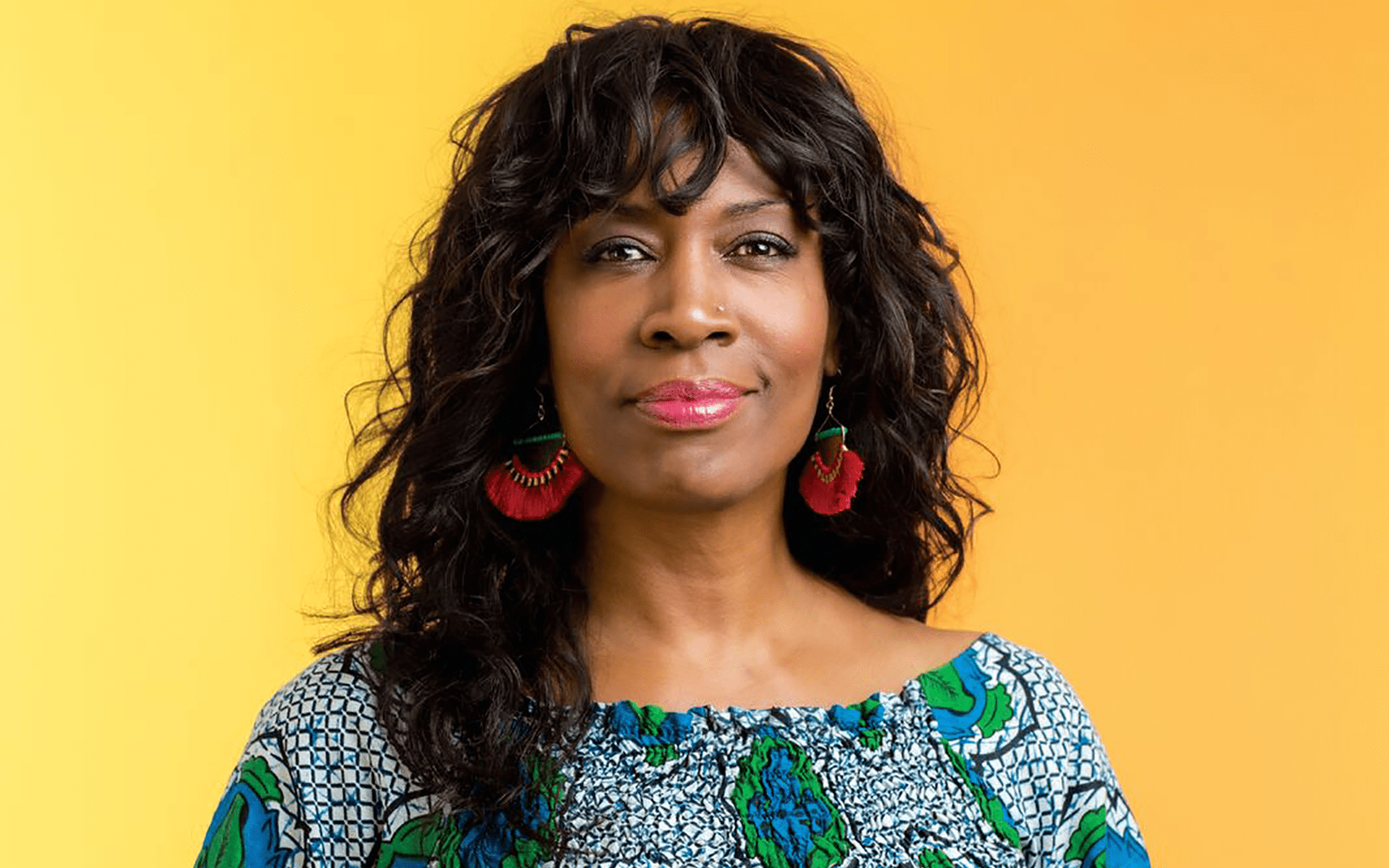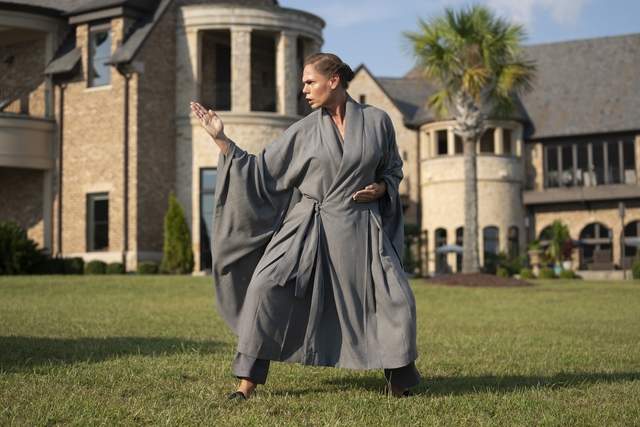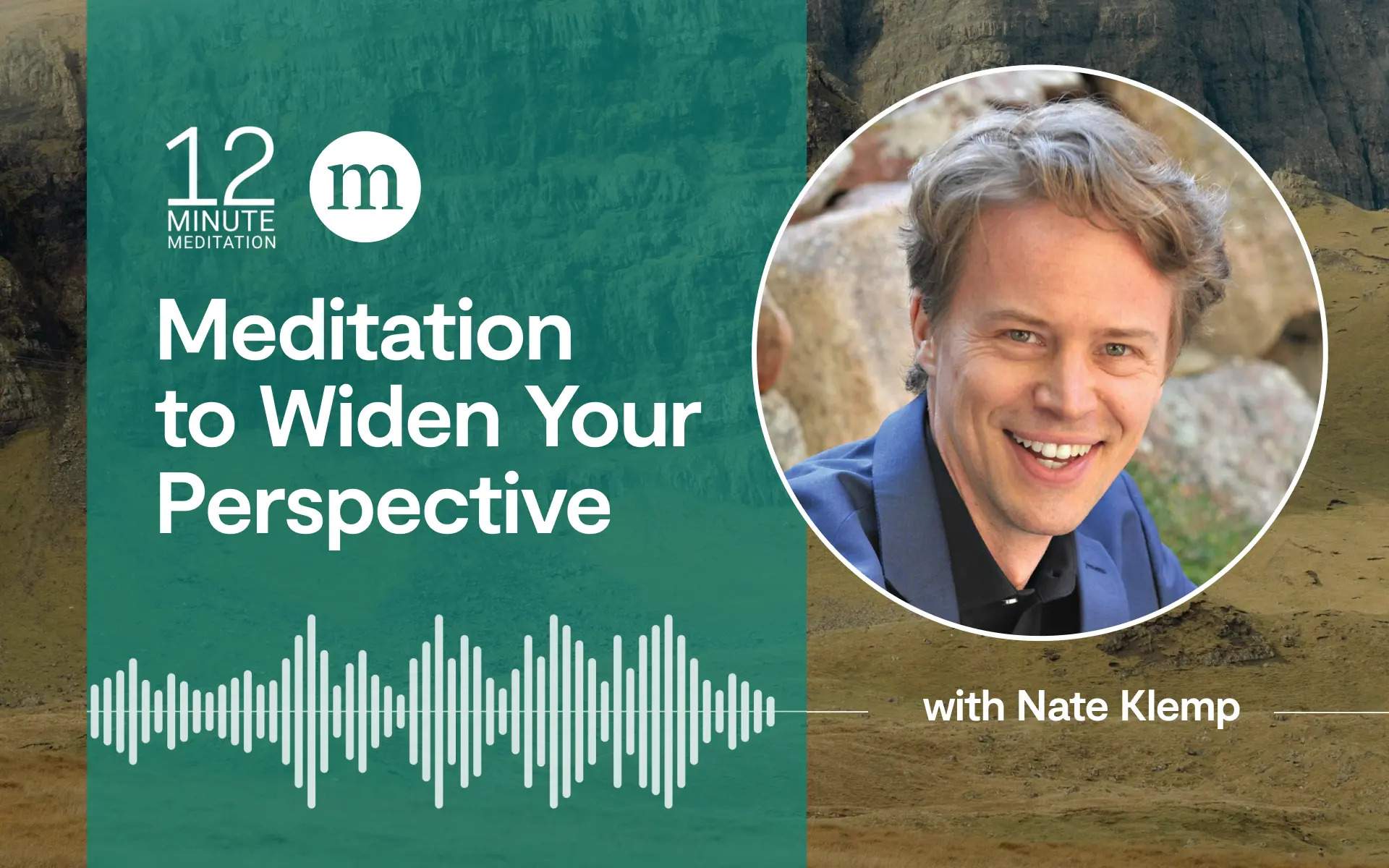Jenée Johnson wants the San Francisco Department of Public Health—all 9,000 employees—to take a deep breath. And another deep breath. And another. She wants them—janitors and judges, IT technicians and social workers—to find, in those breaths, the opening notes of a mindfulness practice. Those moments of calm, she believes, are the foundation of emotional intelligence and its skills of resilience and compassion. In effect, Johnson’s title—Program Innovation Leader: Mindfulness, Trauma, and Racial Equity —positions her as the municipal agency’s chief mindfulness officer.
In that capacity, she is bringing mindfulness into the agency’s ongoing work with trauma. That work includes mandatory training for every employee about the prevalence of trauma; how it can affect both the agency’s clients and its workforce; and how to take a systemic approach to foster wellness and resilience. Johnson also forged the agency’s partnership with the Google- bred Search Inside Yourself Leadership Institute, where she completed a nine-month teacher certification program. Previously, Johnson served for 15 years as the director of the agency’s Black Infant Health Program, incorporating mindfulness into her intervention work with mothers. Johnson lives with her husband in Oakland, where they raised their son.
Tell me about the words in your title at the Department of Public Health: mindfulness, trauma, and racial equity.
Trauma and stress are chronic public health issues. The department is saying we need to address the ways that trauma and stress affect us in the workforce, so that we don’t end up doing harm to each other and to the very people we seek to help.
And mindfulness?
We are hoping we can become a more mindful organization and that we can nest our trauma work in being present and conscious and kind. Learning to reset, recognizing unconscious biases, building resilience, helping the leadership be more compassionate—these are the things we want to encourage, through mindfulness.
What about racial equity?
Racism is a form of trauma. To begin to unravel the harm of racism—the historical trauma, the microaggressions, the white fragility that often is a barrier to conversation—people need to have a level of self-awareness, to be able to sit, without judgment, with what is uncomfortable, to be present and aware, and to hold this inquiry with curiosity and kindness.
My hope is that in becoming a mindful organization we will have greater focus, emotional balance, and the tools for the difficult conversations that need to happen. Being mindful—knowing and being in touch with what is going on with you—is essential to undoing racism.
A complex and bureaucratic organization like the San Francisco Department of Public Health does not seem like the most mindfulness-friendly setting. How do you maintain your inspiration?
Even within the confines of a bureaucratic system, I look for what is at the heart of human excellence. We work in an institution that is risk-averse, but we want to flourish. We want to do better for ourselves and for the communities we serve. We want to bring the fullness of our humanity to work.
What about trauma in your own life?
When I think of my own life, the thing that ends up being the most consistently traumatizing is racism.
Tell me more about that, will you?
Five or six years ago, I was in a small store—a home-lifestyle boutique—with my son. He was about 16 at the time, a tall Black boy wearing what all kids wear: a hoodie. We drifted to different sides of the store, and he was looking at the gadgets. I saw the store owner hone in on him, watching him intently. Is he profiling my child? “Hey, hi, that’s my son!” I said to the owner. We laughed it off. But my blood pressure went up, because I thought not about that particular moment but about all the moments when I would not be there to say, “Hey, that’s my baby, my boy, and he’s a good kid.”
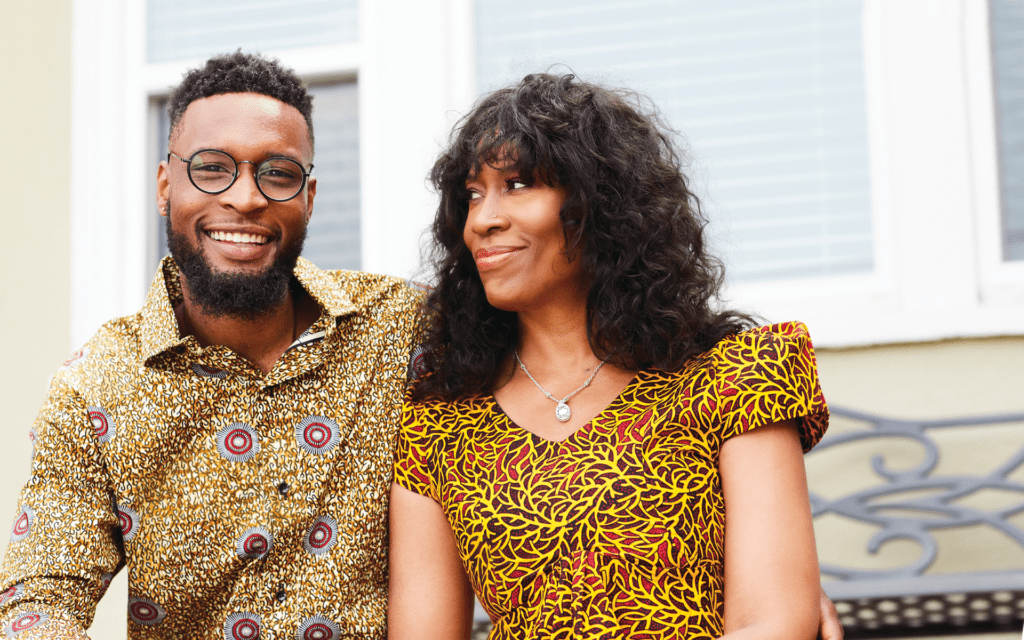
I know women who have lost their sons. I know them. Even before that incident, I had begun waking up in the middle of the night. My naturopath said my cortisol levels were high, and I connected that and the insomnia with the hypervigilance I felt I had to have, as the mother of a young Black boy. I would blow up my son’s phone: Where are you? On the bus? Well, where’s the bus? How far away are you? Call me. Text me. Answer the phone. It was ridiculous. I had to address the anxiety that was running through me. I was like, “This cannot be my heritage, this lack of joy and constant worry. I’ve got to let go of this.” Mindfulness helped me to release—release it, Jenée—and to practice envisioning another way for myself and for my son.
What does mindfulness offer people of color?
For me, it’s a practice to rest and replenish and restore my humanity, which is one of the things that racism strips from you. My practice around mindfulness is a practice of reclamation—an African principle called sankofa, reclaiming what was left behind or what was lost. Mindfulness gives us the chance to rewrite that narrative. Mindfulness is a superpower. For people of color—particularly Black people—the practice of mindfulness becomes a protective factor. When microaggressions come at me, mindfulness offers me protection. I don’t have to be caught up and reactive. I can have self-compassion, and that self-compassion builds my courage.
When microaggressions come at me, mindfulness offers me protection. I don’t have to be caught up and reactive. I can have self-compassion, and that self-compassion builds my courage.
Can you give me an example or two?
I recently spoke at a conference, and afterward a white woman came up to me. “That was so great,” she said. “You’re a real ball buster!” No sister would ever say that to me. I had to say, “Excuse me? No, no, no.” I could have reacted with upset, but instead I chose to firmly correct her. That is where mindfulness came in: I chose my response. “I am not a ball buster,” I told her. “I am not a woman who annihilates men. That’s not who I am.” When a Black woman shows up in her fullness and her vibrancy, when her frequency is high, a narrative gets created: You’re too much. You’re too loud. You’re a ball buster. Not! It was so automatic for her to say that. That is what goes on, for us, every day.
Another time, I’m in a department store with a friend, and we’re carrying bags—because we’ve spent quite a lot of money. We’re laughing, walking to another department—to spend more money!—and the security guard is following us. I look toward him and he looks me dead in my eyes. I looked back at him, stunned that this could be happening. After all, I had two shopping bags full of merchandise I had paid for.
In those moments, there is what Viktor Frankl called a space between stimulus and response. Do I choose reactivity? Or do I take a breath, assess the situation, and then choose my response?
I paused, smiled at him, and kept going. I went on to enjoy the day with my friend. Sometimes my response has to have more teeth in it, but it is a response I get to choose, because I have a practice.
Do you have a daily practice?
I have a daily practice that includes prayer, meditation, and journaling, and often some scripture reading. Sometimes I’ll use a guided meditation. Right now, I really like the “Daily Calm” feature from the Calm app; sometimes I’ll just sit quietly with no guide. I journal—gratitudes or affirmations or desires. I usually do this in the morning, sitting at the kitchen counter, with a cup of hot water and lemon.
What are some of the deep roots of mindfulness in your own life?
The notion of being quiet and still was a part of what my family did. My family is from the Caribbean, and I would observe the elders just shutting things down and sitting quietly or lying down. When I visited my great-aunts in the Caribbean, they would say, “Let’s go take a sea bath.” I remember the first time one of my great-aunts said that. A sea bath? I wondered, What is that? You would just sit in the salt water—not swimming around, but just sitting, letting yourself be soothed by the salt water.
Mindfulness is a banner that gathers up different practices from a variety of cultures. It’s not just for one culture. The human breath belongs to the human being.
Mindfulness is a banner that gathers up different practices from a variety of cultures. It’s not just for one culture. The human breath belongs to the human being.
Black people have been practicing mindfulness forever. Think about the Montgomery bus boycott and how people walked for nearly a year, gathering each night at churches to sing and pray, so they could walk the next day. That’s mindfulness. Think about the young people who integrated the lunch counters and trained themselves to maintain their composure. They sat at the counters while people poured food and drinks over them and they maintained their equanimity.
Can you say more about mindfulness as a tool for people of color?
We know that deep relaxation is important for healing, but how do we replenish ourselves? And rest? When you poll Black women, you find that we don’t rest well. Remember, we were brought here to work! I recently said to someone, “I have been tired for years.” Mindfulness helps us to rest—to stop, sit, connect with our breath, close our eyes, drop our gaze, sit upright but relaxed, be still. That’s what mindfulness gives us—a chance to get quiet and see what’s there and to hold it kindly. This is the exploration of being human.
For people of color, Black people in particular, our identity is constantly defined vis-à-vis white folks. Well, this quietness is putting an end to that: I am sovereign of myself. Who I am and how I define myself is not vis-à-vis white folks anymore.
This is also a YouToo movement. The same way that I’m tapping into courage, white people can tap into courage and end this hollow compassion that shows up when they see Black pain, so they can go deeper and make some decisions about how they engage in a truly more meaningful way.
What do you mean by hollow compassion?
Hollow compassion is the result of white people not having the courage to face their own racialization and the harm it has caused. Land-grabbing. Genocide. Enslavement. Colonialism. Imperialism. All these things that white domination has forwarded and that white people are benefiting from here and now. Compassion comes from owning that and sitting with the discomfort of that, so we can then generate something different.
When I talk about mindfulness for Black people, I am looking at it as
sankofa—the principle of going back and reclaiming what you left—but it’s also an opportunity for us to stop doing the heavy lifting, to take off the burden and lovingly hand it over to white human beings and say “You have some work to do.” My work is to heal. And your work is to take a look at this stuff that is really hard, and I’ll hold the space and when you get done we can come back and have this conversation.
What does that look like?
It ultimately requires some kind of action. You know when something’s hollow, it’s empty, right? It’s just a facade of compassion. Part of what compassion looks like is doing your own work, because white people have also been racialized.
What is needed for Black people to heal from the harms of racialization?
You know that old experiment about the dolls: You show kids a white doll and a Black doll and ask who’s the bad doll. All of the kids, including the Black kids, point to the Black doll. But that’s the color of their skin and you see their little faces trying to make sense of this disruption. So what has gotten internalized? That’s our work as Black people: to undo the internalized oppression. That’s the lane I occupy with mindfulness. Get free and be fully human.
How do people do that?
First thing I always start with is know the history. And tell the truth about what happened. When you start with the history and have the courage to really face that, then it’s hard to be hollow.
For example, [for assimilated immigrants who pass as white], you’re coming in and stepping on the backs of Black people. Your ethnic identity fades to the back and you step in to the power and privileges that whiteness is set up to have. Until we tell the truth about that, how are you going to dismantle, disrupt, and recreate? You can’t put the good on top of the bad. You have to tell the truth about it.
What about the idea that “pain is pain”? Why differentiate by skin tone—isn’t that just perpetuating divisiveness when we should be looking for our common humanity?
Well that’s part of the white fragility conversation. Is it true that pain is universal? Yes, it’s true. But is it not also true that there’s been very deliberate and aggressive white domination worldwide? Just look at the historical acts and facts and the harm that’s caused. And if you don’t want to look at that, fine, but that doesn’t mean that it’s not so.
Mindfulness can be powerful for white people to examine their own racialization. To look at the history full-on and then make some decisions about how they want to proceed.
Mindfulness can be powerful for white people to examine their own racialization. To look at the history full-on and then make some decisions about how they want to proceed.
Once you sit in it, then solutions to correct and repair will arise. The question to ask is How can I be of service? That’s for you to discover. Not for me to prescribe. But the first thing is you’ve got to face it. And if you keep running away from it and keep running these stories about ‘my people suffer too,’ then we’re never going to get anywhere. Everybody’s people have suffered. We know that human suffering is universal.
One of the things that I have gotten from this practice of contemplation, quieting, prayer, meditation, and aging is knowing what’s your work, what to take on, when to say ‘I’m not doing that, but this I can do.’ Just moment by moment making those decisions. I am committed to having the joy of life.
For me, the key is to know what is mine to manage and what is not. For Black people—for Black women particularly—it’s time to stop carrying the burden that’s not ours to carry and to move more fully into our joy.
As I think about it, “Program Innovation Leader: Mindfulness, Trauma, and Racial Equity” sounds like far more than just a job title or 9-to-5 project for you.
For me, it’s such a bigger and deeper conversation than what is happening at work—that’s really just a small part.
What I am here to do is to equip my people with tools and practices and skills. Emotional intelligence is trainable, and it’s helping us to be better and stronger. These practices don’t belong to any one group. They are in the human field, and we get to pick those flowers and arrange them in a way that works for us. That’s what I’m really up to.
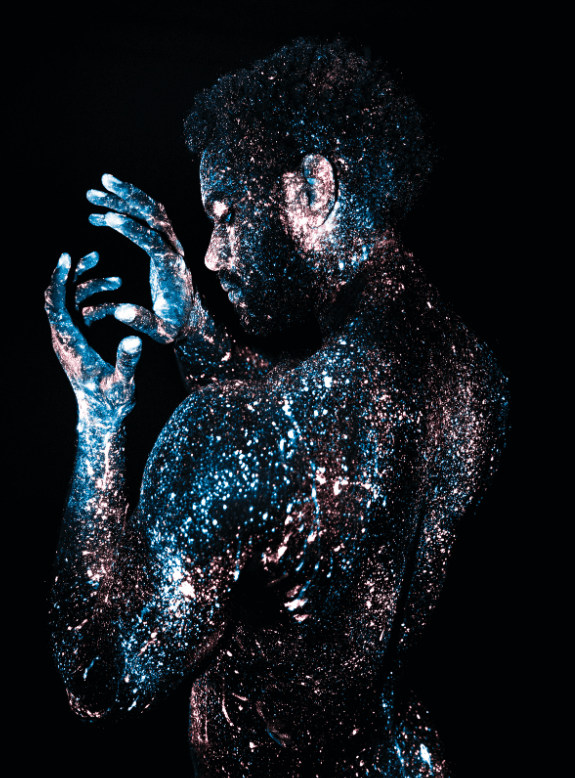
Art: Infinite as the Universe
by Amber Tucker
Mikael Chukwuma Owunna is an award-winning, queer, Nigerian-Swedish artist, photographer, Fulbright Scholar and engineer, born and raised in Pittsburgh, Pennsylvania. Much of Owunna’s creative work explores and celebrates identities among Black, immigrant, and LGBTQ communities. His photo project, Infinite Essence, came into being through a creative synthesis of his biomedical engineering and photography expertise.
“I’ve set about on a quest to recast the Black body as the cosmos and eternal,” Owunna explains on his website. “I hand-paint the models’ bodies with fluorescent paints, and using my engineering background I have augmented a standard flash with an ultraviolet bandpass filter, to only pass ultraviolet light. Using this method, in total darkness,
I click down on the shutter—’snap’—and for a fraction of a second, their bodies illuminate as the universe.”
His print medium is aluminum, “to reflect on millennia of West African metallurgy traditions and to connect the sitters to the ancestors.”
Odinani, the spirituality of the Igbo people—native to the region of southeastern Nigeria—also figures into Owunna’s series: “We believe in the existence of a ‘chi’ in every person. So just as you are seated reading this and I am here, speaking to you through the page, on the spiritual plane, our spirits, our chis are also convening together. Ultraviolet light is not visible to the human eye, and so we can illuminate and find—albeit temporarily—the unseeable therein, the soul, the chi. It is on this plane of existence where, regardless of our experiences of oppression on the physical plane, we are infinite.”


